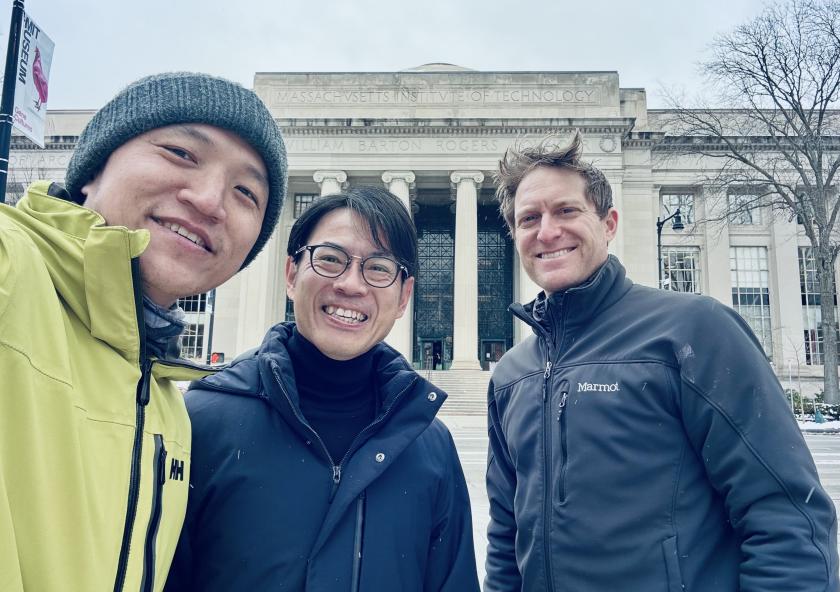
Q+A with Climate Action & Sustainability in Higher Education Program Visitor Atsufumi Yokoi

Atsufumi Yokoi FRSA is the Vice President for Global Engagement at Okayama University in Japan. He also serves as UNESCO logo
UNESCO Chair in Research and Education for Sustainable Development. Yokoi took part in the Climate Action & Sustainability in Higher Education Program with the goal of learning more about MIT’s approach to addressing global issues at the local level, meeting with staff and faculty across MIT in this effort.
What interested you in this program?
I was very interested in MIT’s campus as a test bed process as it’s important to put global efforts into local context. MIT also integrates research achievements into society and campus and while partnering with the City of Cambridge. This is a lesson for integrating stakeholders into climate and sustainability work. I wanted to see this in practice and learn more from the people leading these efforts.
What ideas or lessons will you take back with you from your experience with MIT?
I was impressed with the diversity of roles in the MIT Office of Sustainability team. This subject matter specific work is supported by data and communications roles, which helps to amplify this work and reach the community. This work we all do is so important, but we need data scientists to help to make sense of it and communications support to bring more stakeholders in. The way MIT includes many different roles in support of its sustainability work is something that I am trying to integrate into my own work at Okyama University.

Was there anything that surprised you about your time at MIT?
I had the opportunity to visit the MIT Museum, which I learned had 1.5 million artifacts. This was very surprising and an example of another tool to communicate the work and research MIT is doing. If only every university could have something like the MIT Museum. Secondly, I was so impressed with how MIT was committed to diversity, equity, and inclusion in its research. To support innovation, you need to make sure you have a diversity of people working in these spaces—MIT had this in the people I met and programs I learned about. I really feel it’s important to have this representation in order to have the most innovative solutions in any research space, including climate and sustainability.
What insights do you have for MIT practitioners based off of your visit?
Human beings face three major risks: climate change, biodiversity loss, and pollution. Universities like MIT are committed climate change, but we need to expand the people focused on rebuilding biodiversity and stopping pollution, because this work is overlapping and so important. We must be responsible for that. US universities need to focus more on the Sustainable Development Goals. There is such a focus on climate change, but not all the other aspects of the SDGs like wellbeing and biodiversity which are so important.
I also encourage MIT to share everything! While I follow MIT closely, there are some achievements I had not heard of until I came here. There are so many people in the international community looking for examples of sustainability work and connections. As more of this work is shared, more people can learn from and replicate MIT’s good practices, share projects, and build connections. There is such an opportunity to step away from the competition model with universities and move toward cooperation, which I see MIT doing.

